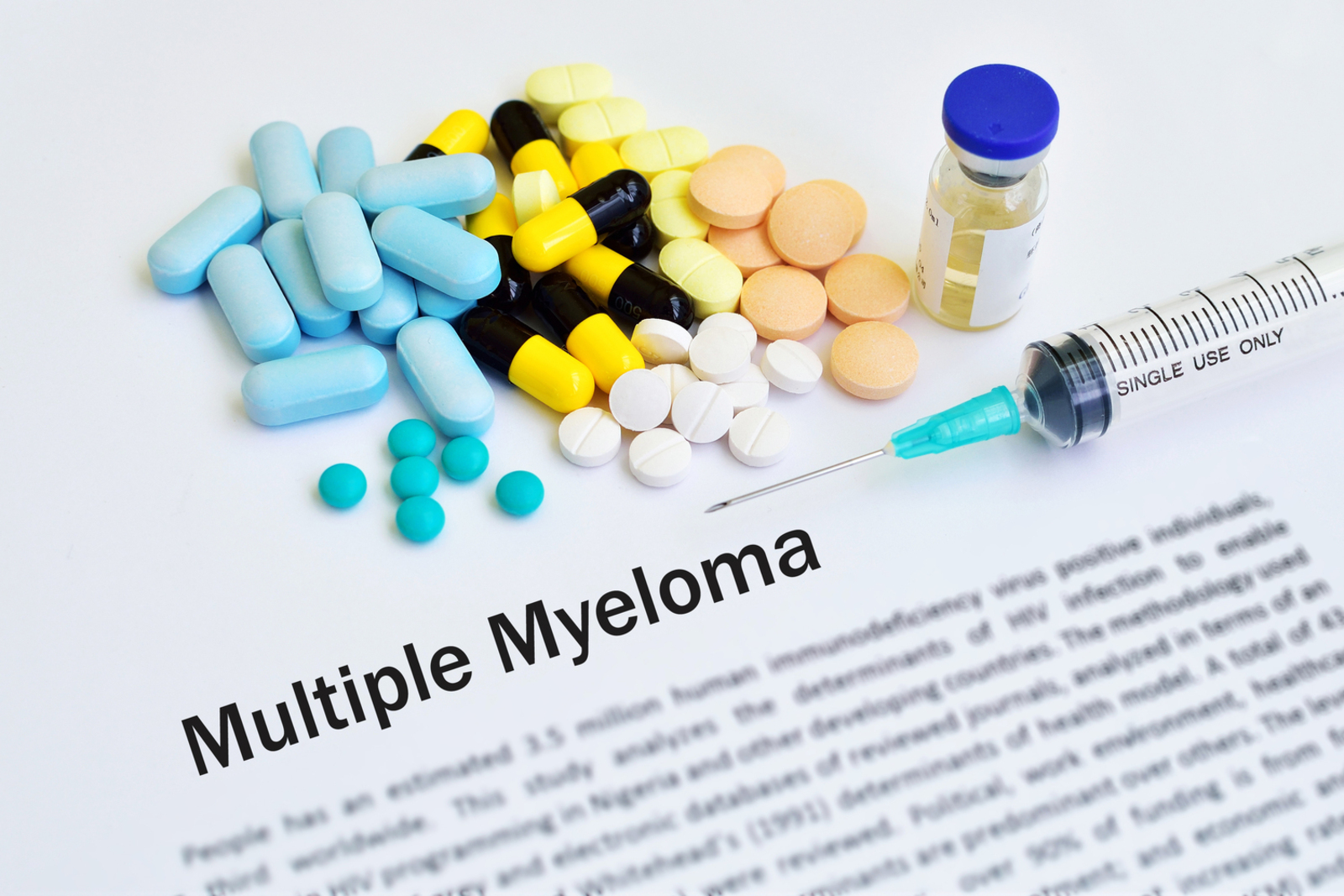
Early Warning Signs of Multiple Myeloma
Treatments to Consider
Multiple myeloma is a type of cancer that forms in a type of white blood cell called a plasma cell. It’s a relatively rare disease, but it’s essential to recognize its early warning signs. The term “elrexfio” is not directly related to multiple myeloma, but it is important to note that any unusual health symptoms should be evaluated by a medical professional. Understanding the signs of multiple myeloma can lead to early detection and treatment, potentially improving outcomes and quality of life.
1. Bone pain
One of the first signs of multiple myeloma is often bone pain. This pain is typically located in the back or chest, but it can occur in any bones. It may come and go, or it could be constant. If you’re experiencing persistent, unexplained bone pain, it’s important to seek medical advice.
2. Fatigue
Another common symptom of multiple myeloma is fatigue. You may feel constantly tired, despite getting enough sleep. This fatigue is often due to the body’s energy being used to fight the cancer cells. It’s easy to dismiss fatigue as a symptom of a busy lifestyle, but if it’s persistent and unexplained, it’s worth getting checked out.
3. Frequent infections
Multiple myeloma can weaken the immune system, making you more susceptible to infections. If you’re getting sick more often than usual, or if you’re having a hard time recovering from illnesses, it could be a sign of multiple myeloma.
4. Nausea and loss of appetite
Some people with multiple myeloma experience nausea and a loss of appetite. These symptoms can lead to unintentional weight loss. If you’re experiencing unexplained nausea or a sudden disinterest in food, it may be time to speak with a doctor.
5. Kidney problems
Multiple myeloma can cause problems with kidney function. Symptoms of kidney issues can include changes in urine color, frequency, or volume, swelling in the legs, ankles, or feet, and a general feeling of illness.
Treatments to Consider
If you’re diagnosed with multiple myeloma, there are several treatment options to consider. These include targeted therapy, which uses drugs to attack specific weaknesses in cancer cells, immunotherapy to help your immune system fight the cancer, and chemotherapy, which kills cancer cells throughout the body. You might also consider stem cell transplantation, which replaces diseased bone marrow with healthy cells.
Conclusion
Multiple myeloma can be a scary diagnosis, but early detection can significantly improve your prognosis. If you’re experiencing any of these symptoms, it’s important to seek medical advice. Remember, these symptoms can also be signs of other health issues, so it’s crucial to get a proper diagnosis. Stay vigilant about your health, and don’t hesitate to speak up if something doesn’t feel right.


